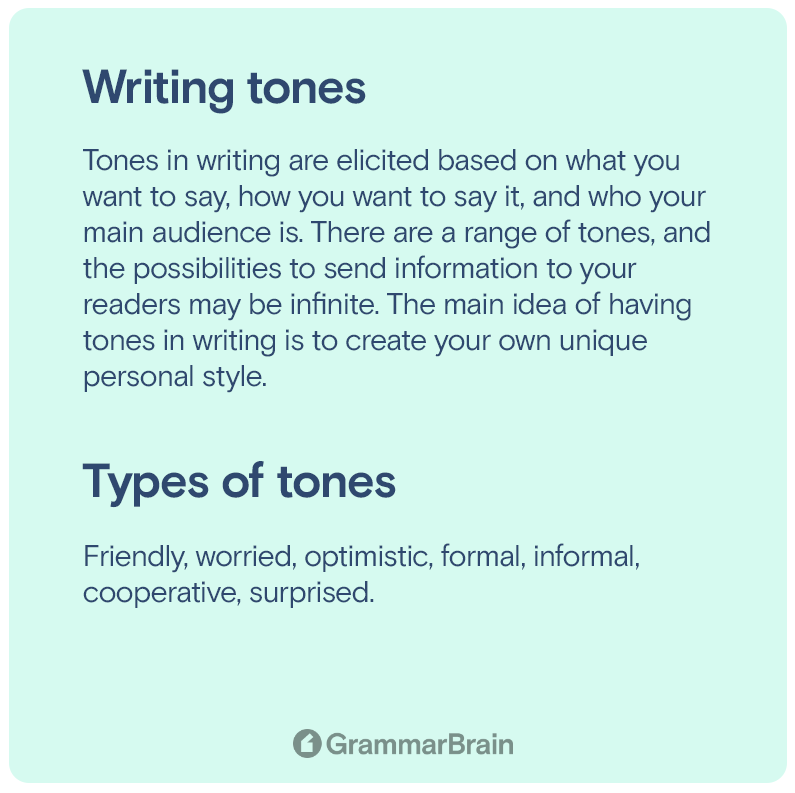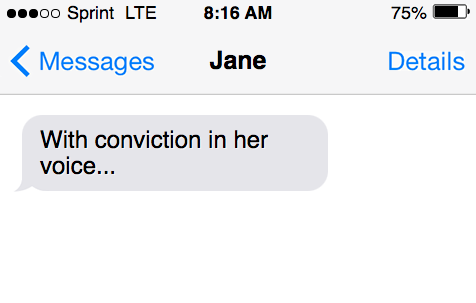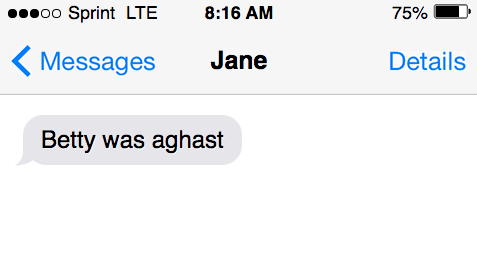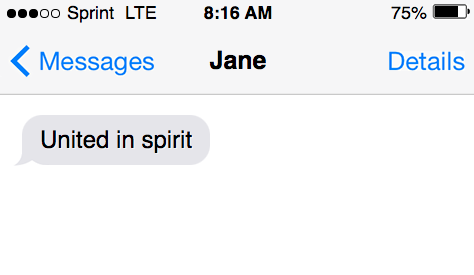Writing tones are a way for a writer to express themselves in a synchronous manner throughout a piece of writing. For example, a writer may have a formal tone. This is most commonly used in business writing. For an attorney, perhaps. Informal tone, in contrast, is when you’re speaking with friends.
Learn more about writing tones in this short guide…
What are writing “tones”?
When you meet someone in person, you often convey what you mean by gestures and the tone of your voice. At times, the words may not matter to the person you interact with, but the tone of your voice will. Your body language is of importance too.
This brings us to writing, which is non-verbal communication. You can convey many thoughts and feelings, and whatever you wish to, through the words you write.
Since tones in writing must convey messages similar to those generated with personal and verbal interaction, it’s important to know how to do so.
What do tones in writing do? They send out the writer’s message via words. As a writer, you must illustrate your perspective using your words.
Consequently, writers use particular words, punctuation, syntax, etc. to make structured sentences that generate various tones. The choice of words you make is important.

Ten types of tones
Tones in writing are elicited based on what you want to say, how you want to say it, and who your main audience is. There are a range of tones, and the possibilities to send information to your readers may be infinite. The main idea of having tones in writing is to create your own unique personal style.
Just as your way of putting information across verbally displays a side of your persona, so must the tonality of your writing.
The most frequently considered tones are highlighted below, giving you a hint about particular vocabulary use and certain methods to incorporate into your writing process:
Formal
If you write in a professional or academic context, a formal tone of writing must get employed. The focus of this kind of tone is not only direct but also thorough. Yet, the tone is respectful of the reader. The words that are used are complete, without any contradictions. In this writing, the emphasis lies on the grammar’s correctness and the facts’ accuracy.
Examples are the following:
- Sincerely yours
- With respect to
- According to research…
Informal
In contrast with a formal tone, an informal tone is casual. This tone comes across as conversational.
The atmosphere that this tone elicits is one of comfort, just like you may converse with your friend. In this writing tone, writers have the leeway to use colloquial expressions, contractions, and a gamut of expressive phrases.
The structure of sentences may be lengthy, like a long chat, or brief, with a choppy rhythm.
Here are some instances:
- Hey, what’s happening?
- Nah – got loads of work
Optimistic
Optimistic tones in writing have to do with conveying some message of hope. This writing tone centers around an outlook of positivity and trying to lift readers’ spirits.
Here are some examples:
- I assure you
- Don’t give up
Worried
As tones in writing set the mood for your reader, any tone that has a hint of worry can promote fear and anxiety. It conveys messages of apprehensiveness and worry about the unknown.
Examples include these:
- So stressful
- Shaking in fear
Friendly
A friendly tone can create trust when writers want to elicit tones that show no threat. There could be a blend of informal and formal writing while using such a tone, according to how and what you write. A kind and lighthearted feeling are what this writing tone attempts to convey.
Enthusiasm is conveyed through the tactical use of exclamations:
- What a great feeling!
- Hey buddy, happy anniversary!
Curious
Tones in writing are as varied as the emotions the writer wishes to send forth. Curiosity is a tone that writers deftly use to send messages of details still to be revealed. Such tonality keeps the reader’s curiosity up and is an intriguing style employed by mystery writers.
You can see examples of this tone here:
- Are you wondering…?
- It was a mystery to her
Assertive
If you want to exude an air of confidence through the written word, tones in writing can convey a sense of authority. You can write straightforwardly yet be insistent while putting a point across. The crux of this writing is persuasiveness through the written piece.
View the below examples:
- I resolutely assert
- With conviction in her voice…

Encouraging
Of all the tones in writing, the tone of encouragement tends to border on an optimistic tone. Such a tone encourages readers to overcome fear or failure and go ahead with life.
Examples may comprise of the following:
- Just set your mind to it…
- You can do it

Surprised
A tonality of surprise gives the reader an aura of the unexpected. There could be happiness or shock generated through writing.
Here are some examples:
- Betty was aghast
- What a rude shock!

Cooperative
You may find a cooperative tone commonly present in a place of employment or work. The evocation of collaboration, teamwork, and the unification of goals is the aim of this writing.
Certain tones of writing with this in mind could have words like this:
- Our or we
- United in spirit
- We stand as one

How to choose tones of writing
To do this, consider what you’re writing for. And the tone that’s required. You can list words that align with your tone (include phrases and quotes too). As you write each paragraph, check it.
Remember that your choice of tone depends entirely on your audience and subject. This relies heavily on your message. Your tone has to engage a reader and keep readers hooked. While maintaining the intended use.
Words to describe writing tones
A writer’s tone and style make up the attitude of any message conveyed. This is the writer’s tone that speaks volumes about the writing and the writer. You should not confuse voice with tone.
Tone means “attitude,” and “voice” means persona. Many words are used to explain the tones of writing besides the ones already mentioned.
These are:
- absurd
- aggressive
- animated
- bitter
- comic
- defiant
- direct
- empathetic
Types of attitudes in writing tones
Your tone of writing exemplifies your attitude as a writer. Consequently, if you exude a happy tone, you come across as a writer with an optimistic attitude to life. What are writing tones but attitudes, after all?
For instance, any story may convey attitudes of sarcasm or humor. This signals that the writing may not be taken so seriously.
Types of sad tones in writing
Sad tones in writing are meant to create an environment of gloominess in the reader’s mind. A whole written piece may have this tone running throughout its fabric or may have it when a story plot demands it.
Dim and dark are what you would expect from a sad tone. Notes of depression, hints of death, etc. all indicate sad writing tones.
Types of negative tones in writing
Anything that is the opposite of positivity is negative in your writing. Of course, this may not extend to an assertive attitude, but aggression, horror, and sadness are all negative emotions that are conveyed.
Words to determine negative types of tones are “hostility”, “annoyance”, “hurtful”, etc.
References:
- Common Types of Tone in Writing | Grammarly
- 12 Different Types of Tones in Writing with Examples (writersrepublic.com)
- What Is Tone in Writing? – 2022 – MasterClass
- Tone – Examples and Definition of Tone in Literature (literarydevices.net)
Inside this article
Fact checked:
Content is rigorously reviewed by a team of qualified and experienced fact checkers. Fact checkers review articles for factual accuracy, relevance, and timeliness. Learn more.
Core lessons
Glossary
- Abstract Noun
- Accusative Case
- Anecdote
- Antonym
- Active Sentence
- Adverb
- Adjective
- Allegory
- Alliteration
- Adjective Clause
- Adjective Phrase
- Ampersand
- Anastrophe
- Adverbial Clause
- Appositive Phrase
- Clause
- Compound Adjective
- Complex Sentence
- Compound Words
- Compound Predicate
- Common Noun
- Comparative Adjective
- Comparative and Superlative
- Compound Noun
- Compound Subject
- Compound Sentence
- Copular Verb
- Collective Noun
- Colloquialism
- Conciseness
- Consonance
- Conditional
- Concrete Noun
- Conjunction
- Conjugation
- Conditional Sentence
- Comma Splice
- Correlative Conjunction
- Coordinating Conjunction
- Coordinate Adjective
- Cumulative Adjective
- Dative Case
- Determiner
- Declarative Sentence
- Declarative Statement
- Direct Object Pronoun
- Direct Object
- Diction
- Diphthong
- Dangling Modifier
- Demonstrative Pronoun
- Demonstrative Adjective
- Direct Characterization
- Definite Article
- Doublespeak
- False Dilemma Fallacy
- Future Perfect Progressive
- Future Simple
- Future Perfect Continuous
- Future Perfect
- First Conditional
- Irregular Adjective
- Irregular Verb
- Imperative Sentence
- Indefinite Article
- Intransitive Verb
- Introductory Phrase
- Indefinite Pronoun
- Indirect Characterization
- Interrogative Sentence
- Intensive Pronoun
- Inanimate Object
- Indefinite Tense
- Infinitive Phrase
- Interjection
- Intensifier
- Infinitive
- Indicative Mood
- Participle
- Parallelism
- Prepositional Phrase
- Past Simple Tense
- Past Continuous Tense
- Past Perfect Tense
- Past Progressive Tense
- Present Simple Tense
- Present Perfect Tense
- Personal Pronoun
- Personification
- Persuasive Writing
- Parallel Structure
- Phrasal Verb
- Predicate Adjective
- Predicate Nominative
- Phonetic Language
- Plural Noun
- Punctuation
- Punctuation Marks
- Preposition
- Preposition of Place
- Parts of Speech
- Possessive Adjective
- Possessive Determiner
- Possessive Case
- Possessive Noun
- Proper Adjective
- Proper Noun
- Present Participle
- Prefix
- Predicate



